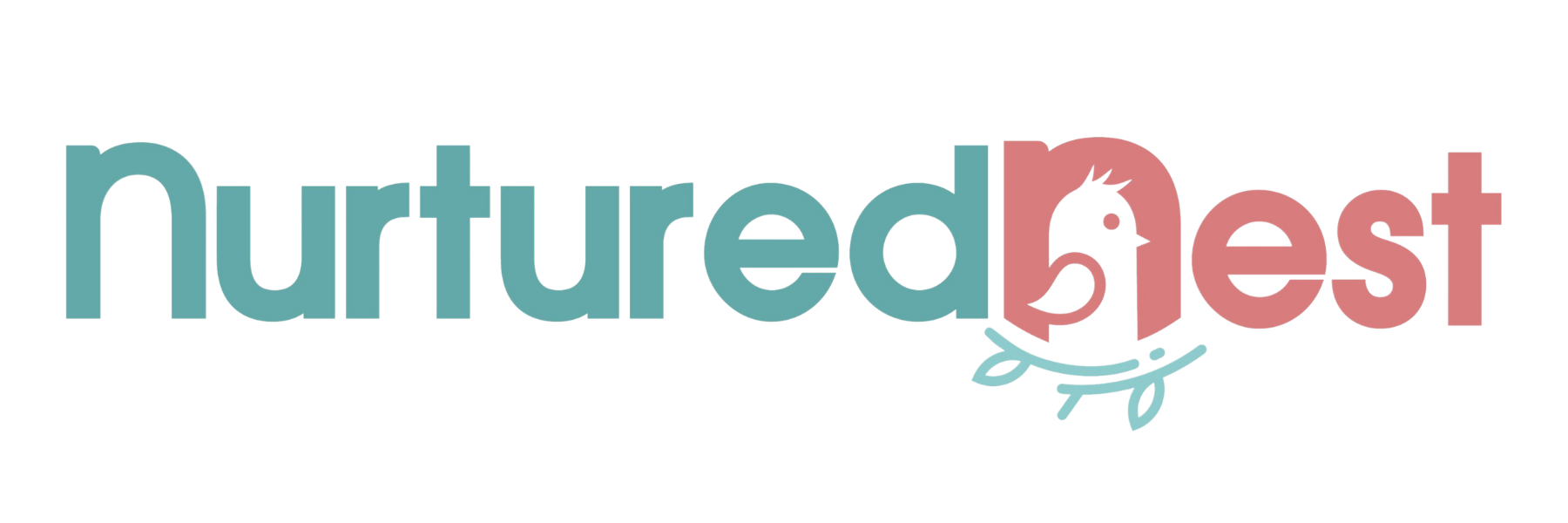Choosing Safe Feeding Tools for Babies and Toddlers: Expert Tips for Parents
Choosing Safe Feeding Tools for Babies and Toddlers: Expert Tips for Parents
When it’s time to introduce solids, choices can feel overwhelming—purees or baby-led weaning, spoons, cups, plates, bibs. This guide simplifies one key piece: safety. With insights from Karen Williams, MS, CCC-SLP, infant feeding specialist, here’s how to choose tools that are safe and developmentally smart.
Estimated reading time: 6–7 minutes
The Role of Safety in Feeding Tools
The safety of baby and toddler feeding tools largely comes down to materials. In the U.S., the Food and Drug Administration (FDA) regulates materials that contact food. Look for “food-grade” or “FDA-compliant” labels to ensure your child’s utensils meet strict safety standards.
Best Materials for Baby and Toddler Feeding Tools
Recommended by feeding specialist Karen Williams:
- Silicone: Durable, soft, and easy to clean. Choose LFGB-grade when possible.
- Wood: Unfinished or sealed with food-safe, non-toxic finishes.
- Bamboo: Sustainable and safe when coated with food-grade finishes.
- Stainless steel: Long-lasting and hygienic—perfect for utensils.
- Glass: Great for cups; use a silicone sleeve to prevent shattering.
Most big-box brands meet these standards. Be cautious when buying from small shops or overseas sellers—confirm materials are certified food-safe.
Starter Kit: Safe Mealtime Basics
Other Safety Considerations
- Your Child’s Abilities & Development: Introduce spoons around 6 months and forks near 10 months; delay if your child needs extra time for motor skills.
- Special Features: Heat-sensitive spoons, short-handled utensils, or non-slip silicone can make self-feeding easier and safer.
- Your Feeding Goals: Match your feeding tools to your mealtime philosophy—purees, baby-led weaning, or a mix of both.
Quick-Reference Guide for Safe Feeding Tools
- Material Safety: Use FDA-compliant silicone, bamboo, stainless steel, or glass.
- Child-Specific Needs: Match tools to your child’s motor development and sensory comfort.
- Parental Preferences: Choose tools that support your mealtime goals—and your patience level.
Beyond Safety: Enjoy the Process
Once safety is covered, have fun choosing tools that fit your aesthetic and routines. Watching your child explore and learn to eat is a joyful milestone—mess and all. As Karen reminds us, “Eating is one of life’s great pleasures—enjoy it together.”
FAQ: Safe Feeding Tools
Is “BPA-free” enough?
Which cup is best—open, straw, or sippy?
Do I need divided plates?
Learn More with Nurtured Nest
Get expert-led, self-paced courses on feeding and baby care—covering safety, readiness, routines, and confidence-building tips for every parent.
Baby’s First Year — covers solids, sleep, routines, and connection

